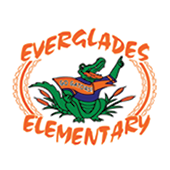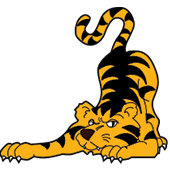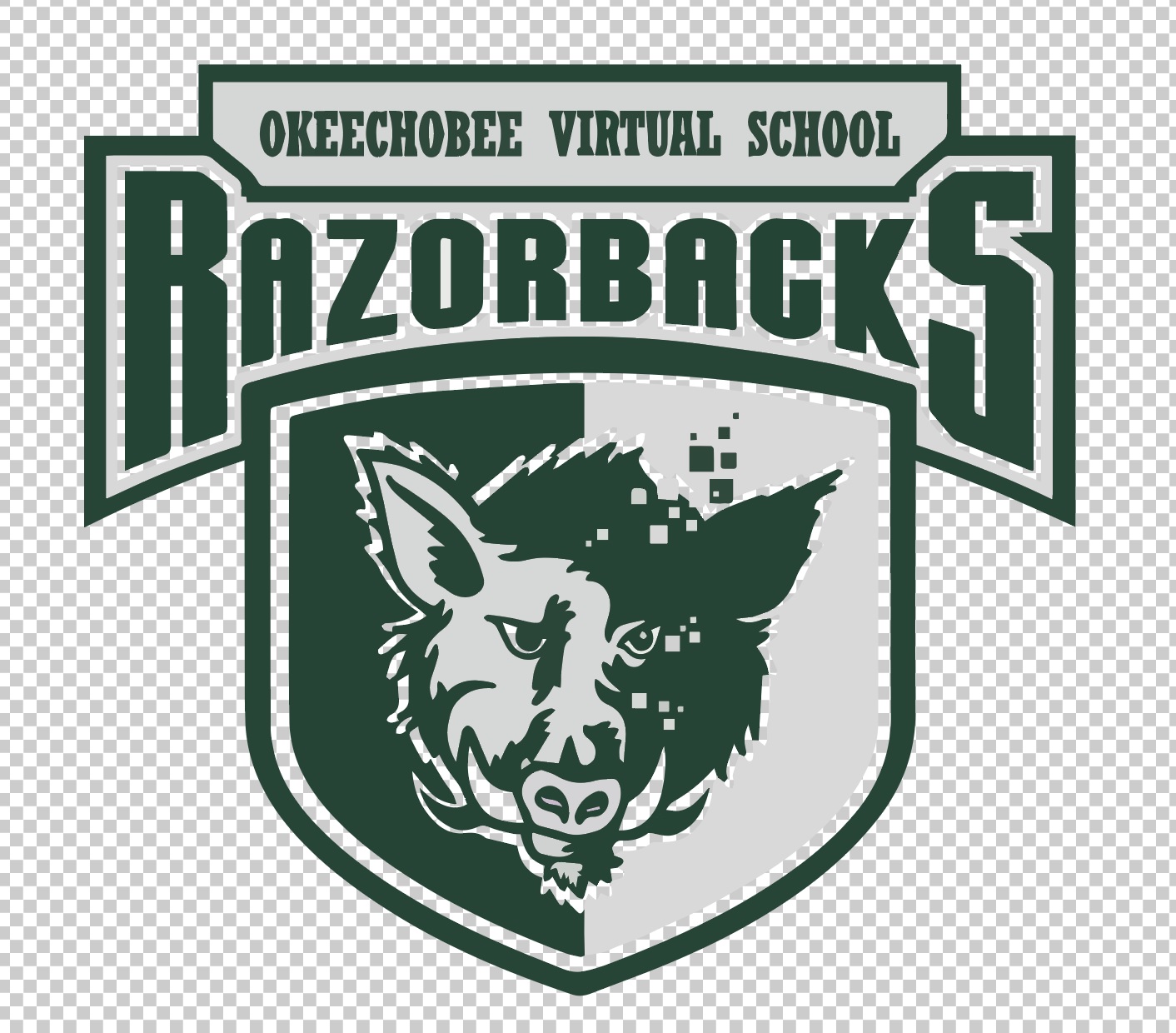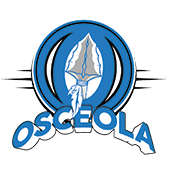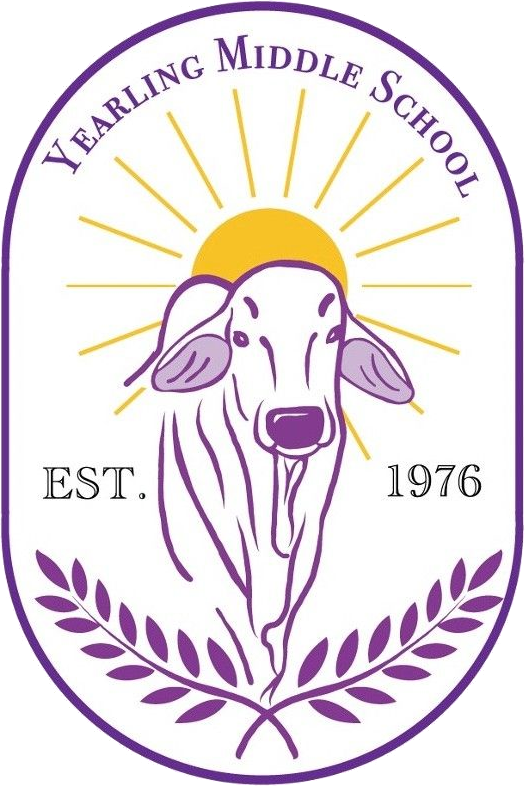Multi-tiered System of Supports Goals
MTSS consists of a process that uses high quality evidence-based instruction coupled with standards based curriculum, universal screening practices, and tiered intervention support to ensure that ALL students receive the appropriate level of engagement to be successful.
Tier 1: At Tier 1, all students receive research-based core curriculum instruction and school-wide behavioral expectations. When implemented, the majority of students (80-90%) will respond and achieve established benchmarks as evidenced by data from multiple sources at the school, grade, and class levels. Instruction at Tier 1 should be explicit, differentiated, and include flexible grouping and active student engagement. To ensure 80% of students’ needs are met at Tier 1, high quality instruction is essential.
Tier 2: If Tier 1 is successful, only (5-15%) of students should need Tier 2. It is targeted to specific skills and is supplemental to Tier 1. It is for students that are identified through universal screenings as at-risk due to poor progress in the Tier 1 level. Characteristics of Tier 2 interventions must be more explicit: more intensive than core instruction; more supportive in the form of encouragement, feedback, and positive reinforcement; carefully scaffolded; and ideally occur in groups of approximately three to five students for elementary.
Tier 3: Students who have not demonstrated progress with targeted group interventions at Tier 2 require more time in more intensive interventions. Tier 3 interventions are distinguished from Tier 2 interventions because they are individualized based on data collected in individual problem solving, occur with smaller student-teacher ratios (e.g., ideally 1-on-1, however, groups of two to three students), and possibly occur for a longer duration of time (e.g., more daily minutes or more weeks spent in intervention). About 3-5% of students will require this level of intensive support.

